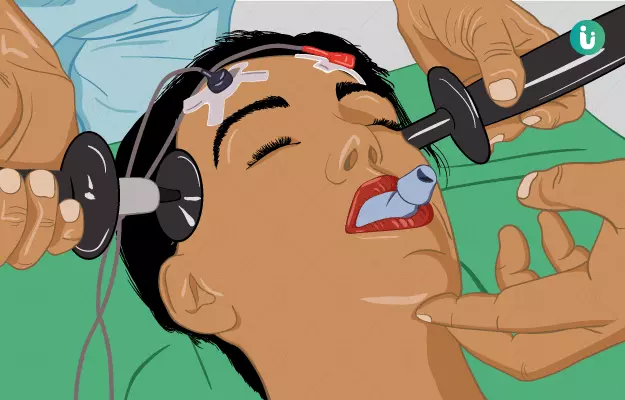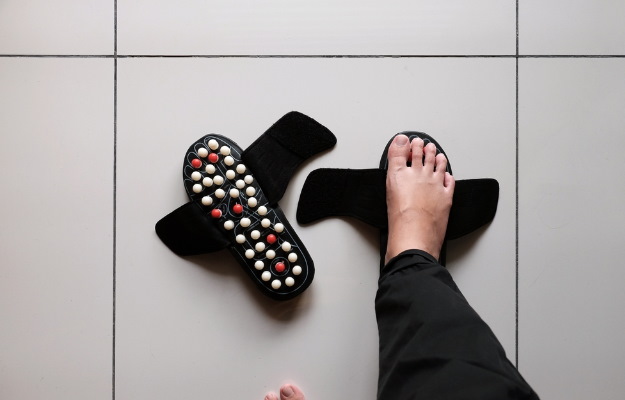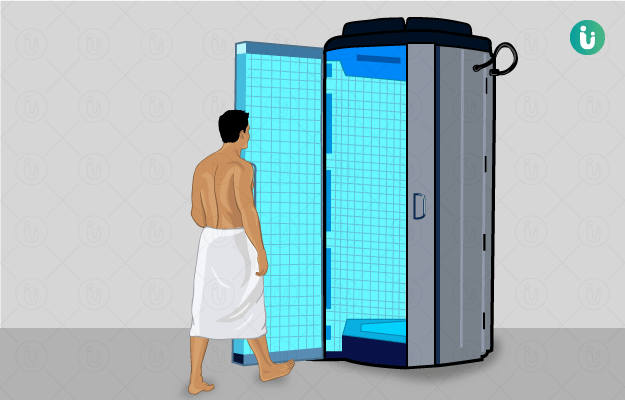Electroconvulsive therapy (ECT), earlier also known as electroshock therapy, is a psychiatric treatment procedure in which a seizure (without muscular convulsions) is triggered in the brain intentionally by passing small electrical currents through it. The intention behind this treatment is to rapidly change brain chemistry by the passage of small electrical currents to address psychiatric conditions not responding to traditional drug therapy or psychotherapy. The procedure, as done today, is carried out under general anaesthesia and the patients remain sedated and comfortable throughout the process. Although some physical side effects can be experienced by patients, they are effectively managed by medications. The dose of electroconvulsive therapy (ECT) to be administered is calculated in terms of the voltage to be supplied and the duration of time for which it is to be given to deliver the necessary charge. The usage of optimal and correct dosage in electroconvulsive therapy (ECT) is just as important as that of any oral drug. While the charge to be used for electroconvulsive therapy (ECT) differs on a case to case basis, initial charges to be delivered can be of two types:
- Threshold electroconvulsive therapy: The brain seizure threshold in normal cases is 50 to 100mC. That is to say, an electrical charge delivered to an individual within this range would elicit a seizure. However, the seizure threshold could be lower or higher in people suffering from psychiatric illnesses.
- Suprathreshold electroconvulsive therapy: An electrical charge greater than the normal seizure threshold of 50 to 100mC is used. A greater charge is needed in unilateral electroconvulsive therapy in comparison with bilateral electroconvulsive therapy.
As the duration of ECT has been linked to the severity of memory complications, sometimes ultrashort or brief electrical pulse based electroconvulsive therapy is also used. Usually, ECT is used on a short-term basis to rapidly correct psychiatric symptoms unresponsive to medications or psychotherapy by increasing the release of brain neurotransmitter chemicals and making the postsynaptic receptors more responsive to these chemicals. However, in some cases, maintenance ECT may have to be used for extended durations of time. Electroconvulsive therapy is more effective and faster than other psychiatric treatments but should be administered sparingly, after due consideration of patient factors and typically upon failure of alternative treatment options.
(Read more: Mental Illness)






































